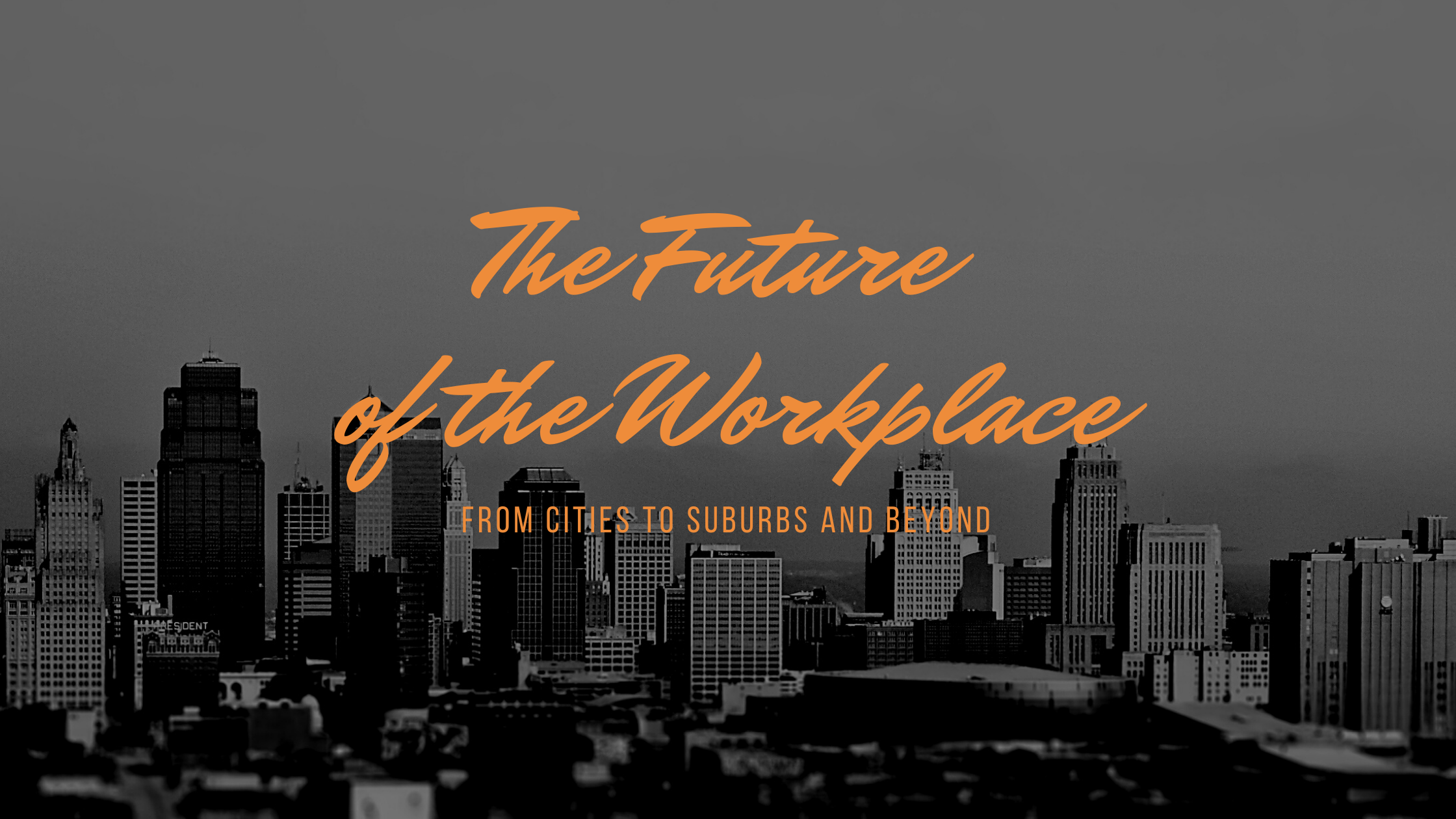
The Future of the Workplace
Since March of this year, the workplace has undergone a seismic shift. Before the pandemic hit, the percentage of people who worked from home on a regular basis was about 4 percent of the US workforce. While this number had been growing slowly for years with the advent of technology and changes in corporate culture, COVID hit and pushed the percentage of WFH people to about 34 percent, with many of those doing it for the first time.
“Once they’ve done it, they’re going to want to continue,” said Kate Lister, president of consulting firm Global Workplace Analytics, which ran a survey about work-from-home participation. She predicts that 30 percent of people will work from home multiple days per week within a couple of years. Lister added that there has been pent-up demand by employees for greater work-life flexibility and that the coronavirus has made their employers see the light, especially as they themselves have had to work from home.
“It had been proven prior to this, but a lot of company management and leaders showed great skepticism,” Steve King, partner at small-business consulting firm Emergent Research, told Recode. “That skepticism will go away because companies recognize that remote work does work.”
Shift Back with the Intention
So, what will happen as we shift back to a new normal, post-COVID? The return to work will not be as sudden as the closedown was, thank goodness, which means we can act with intention. We can look at the lessons learned and make conscious choices that will benefit business AND workers, a true win-win scenario.
Economic Case
Of course, what workers want is not the only reason companies will look to increase WFH—the economic impact of the pandemic will force many employers to cut costs. For companies to reduce their rent obligations and facility expenses by letting workers work from home is an easy solution and is much less painful than layoffs. Kate Lister believes “The investor community is going to insist on it.”
Companies will be figuring out new protocols and tools to allow for successful WFH. Companies where people have worked from home for a while and have built up guidelines — about, say, what time of night is appropriate to expect a response on Slack, how employees can securely access company files, and whether employees are allowed to expense an at-home monitor or standing desk — will probably have an easier time shifting to remote work. Their experience, which led to greater pandemic productivity, should be an incentive for other companies.
The Need for Social Distance
For years, the amount of privacy allotted to each person working in an office had been steadily decreasing as companies of all stripes adopted the ubiquitous — if often loathed — open office plan. In effect, that meant a very cool-looking office space where you could see many of your coworkers but where there was little separation between you and your colleagues’ germs
Social Distancing will be part of the design process going forward. For now, all offices are retrofitting existing spaces for safety. This means plexiglass dividers or barriers of some kind, and the need to wear a mask while in common areas. (Thankfully, new masks are popping up every day that are actually comfortable and easy to wear. In fact, some of us have made the mistake of trying to drink while wearing a mask!)
Enhanced Cleaning
A very important part of the new normal will be the actions that facilities managers take to divert congestion points and clean offices.
Those efforts will include everything from higher-quality air filtration systems to more powerful cleaners. In Northern California, we have already boosted our HVAC filters to handle the smoke from wildfires and it is also helping with COVID. We are taking cues from the processes that health care facilities use—including the addition of things like copper fixtures, fabric that retains fewer germs and can more easily be cleaned, more space in kitchens and bathrooms, as well as more attention paid to how far liquids can splash. Some companies could even use UV lighting to disinfect offices at night or meeting rooms in between uses, a practice that’s increasingly common in hospitals.
Automation and voice technology could also play a role. Technology like Amazon Alexa for Business, for example, could become a new interface and remove the need for physically pushing a button (in an elevator) or touching a surface in an office. Voice Tech is widely used in factories and can be used in an office environment as well.
Limiting the Number of People
Inevitably, the most consequential way to prevent the spread of germs in an office might just be to limit the number of people allowed inside at once. Rather than having everyone work in the office from nine to five, companies might want to bring in certain teams at specific times to lessen congestion. The initial process of bringing employees back to work, at least, will probably be staggered.
As we transition out of full pandemic mode, it is clear that the workplace will undergo a radical, physical change. My next blog will discuss the way that change affects the everyday life of workers. Stay tuned!
About Office Evolution
At Office Evolution, we provide virtual office, coworking, and private office solutions at our shared office center. We offer meeting rooms, offices for rent, hot desking in a shared workspace coworking lounge, a shared reception, a business address, and virtual receptionist services. We have many options and price points, and all terms are flexible. Plus, you become part of a community of like-minded professionals.